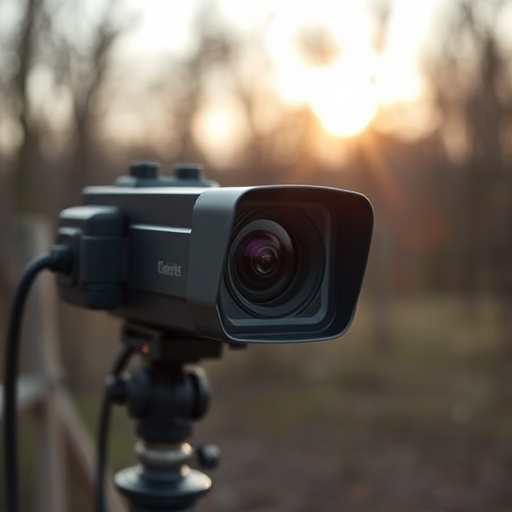Strategically place hidden cameras in common indoor areas and blend exterior surveillance devices with landscaping for robust home monitoring while maintaining legal, ethical, and privacy considerations regarding camera placement and consent.
Hidden cameras have become a popular tool for Home Monitoring, offering enhanced security and peace of mind. However, strategically placing these discreet devices requires careful consideration. This comprehensive guide delves into the fundamentals of hidden camera placement, exploring practical strategies for home monitoring while navigating ethical and legal considerations surrounding hidden cameras. From basic setup to advanced techniques, learn how to optimize your home’s surveillance without compromising privacy.
- Understanding Hidden Camera Placement Basics
- Strategies for Discreet Home Monitoring Equipment
- Ethical Considerations and Legal Aspects of Hidden Cameras
Understanding Hidden Camera Placement Basics
Hidden camera placement is an art and a crucial aspect of home monitoring, offering a discrete yet powerful way to ensure security. When setting up hidden cameras, understanding basic placement principles is key. These devices are designed to operate discreetly, blending into their surroundings to capture footage without drawing attention.
For homeowners, strategically placing hidden cameras in common areas like hallways, living rooms, or kitchens can provide comprehensive coverage. The goal is to create a network of surveillance points that effectively monitor activity while remaining virtually invisible. By utilizing corners, behind furniture, or within everyday objects, you can take advantage of natural hiding spots, making it harder for intruders to detect the cameras.
Strategies for Discreet Home Monitoring Equipment
When it comes to home monitoring, hidden cameras offer a discreet and effective solution. The key to successful deployment is strategic placement that avoids raising suspicions. For interior spaces, consider mounting cameras in common areas like living rooms or kitchens, where they can capture broad swaths of activity while remaining relatively unnoticed. Ceiling corners, above doorframes, or behind decorative objects are excellent hiding spots for these devices.
Additionally, leveraging existing infrastructure like light fixtures or electrical outlets can further enhance discretion. Exterior monitoring requires a slightly different approach; here, the goal is to blend in with the environment. Trees, shrubs, and other landscaping elements can double as cover for cameras aimed at entry points, driveways, or outdoor areas. Strategically placed motion-activated lights can also serve dual purposes, illuminating the surroundings while alerting homeowners to any unusual activity.
Ethical Considerations and Legal Aspects of Hidden Cameras
When employing hidden camera equipment, it’s crucial to balance security needs with ethical and legal boundaries. While hidden cameras can be valuable tools for home monitoring, their use raises important privacy concerns. It’s essential to respect individuals’ right to privacy and ensure that any surveillance is conducted within legal parameters.
In many jurisdictions, there are strict rules regarding the placement of hidden cameras, including requirements for consent and notification. For example, in some places, capturing images or audio inside a private residence without explicit permission is illegal. Homeowners considering hidden cameras for security should familiarize themselves with local laws to avoid potential legal pitfalls. Additionally, ethical considerations dictate transparency about surveillance systems to foster trust among residents and visitors.
Hidden cameras for home monitoring have evolved into a powerful tool for enhancing security, but their discreet placement demands careful consideration. By understanding basic hidden camera placement strategies and navigating ethical and legal aspects, homeowners can effectively safeguard their properties without compromising privacy. Incorporating these strategies ensures the responsible use of technology, allowing individuals to protect their loved ones and valuables while remaining vigilant against potential threats.
